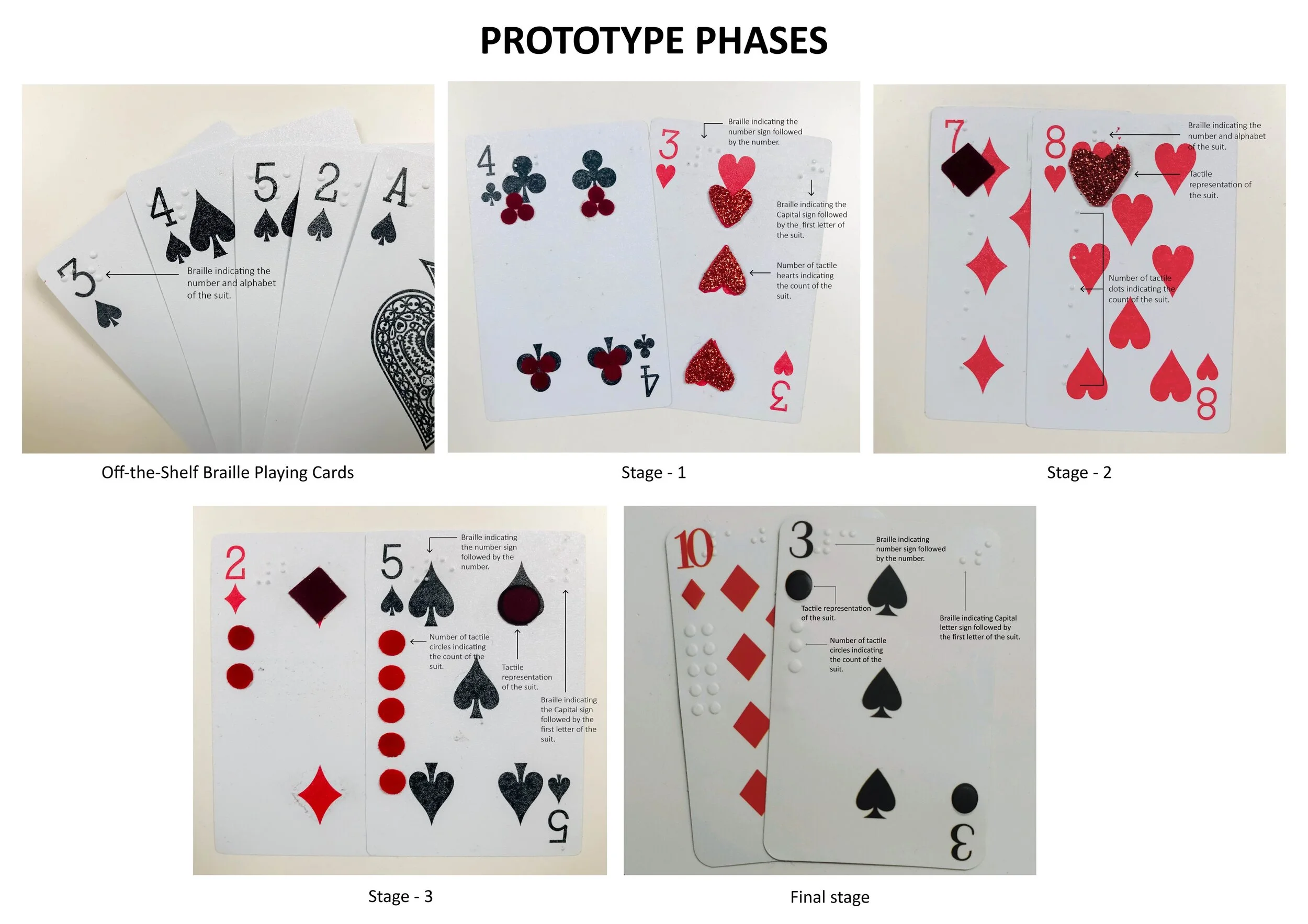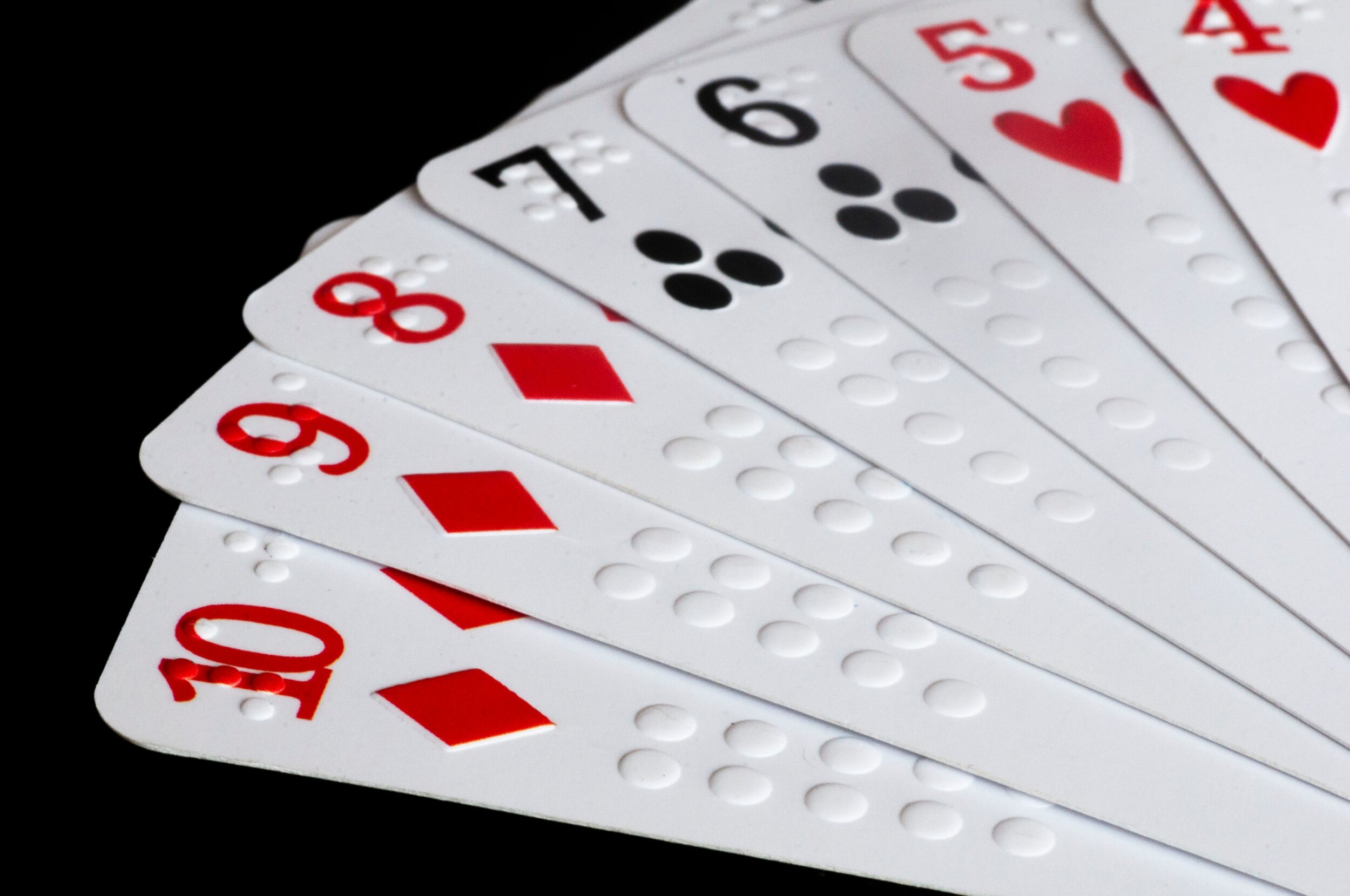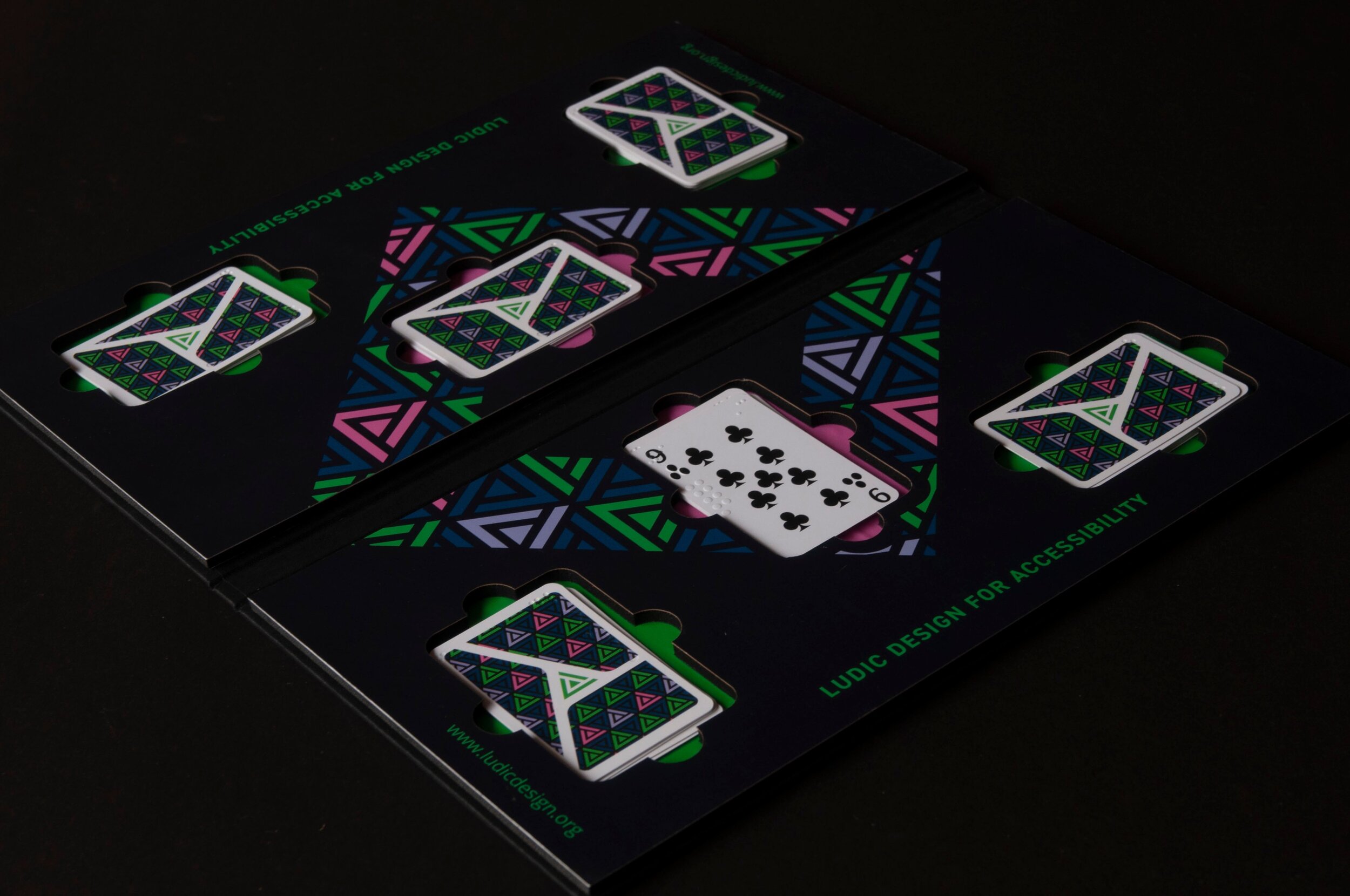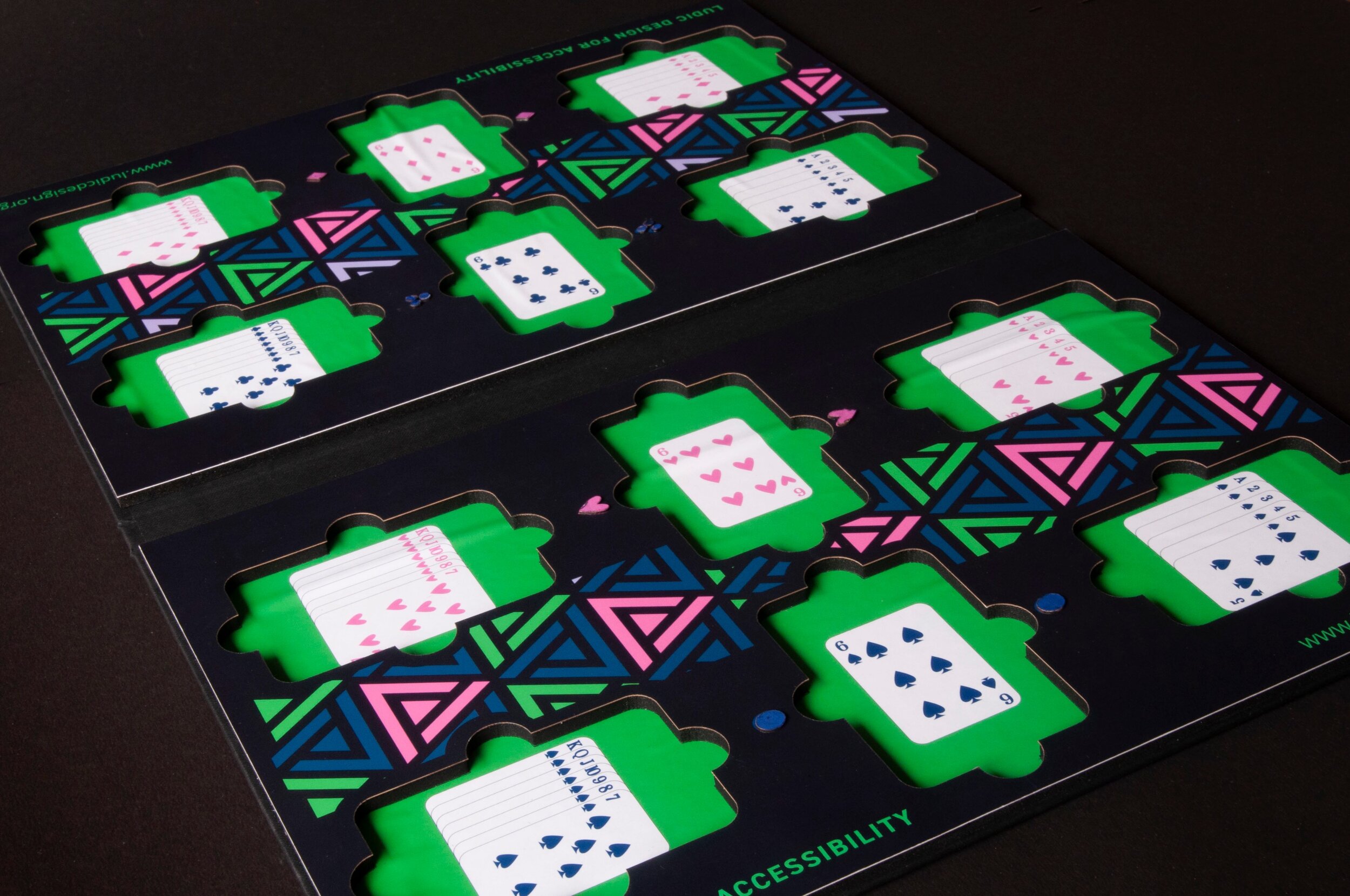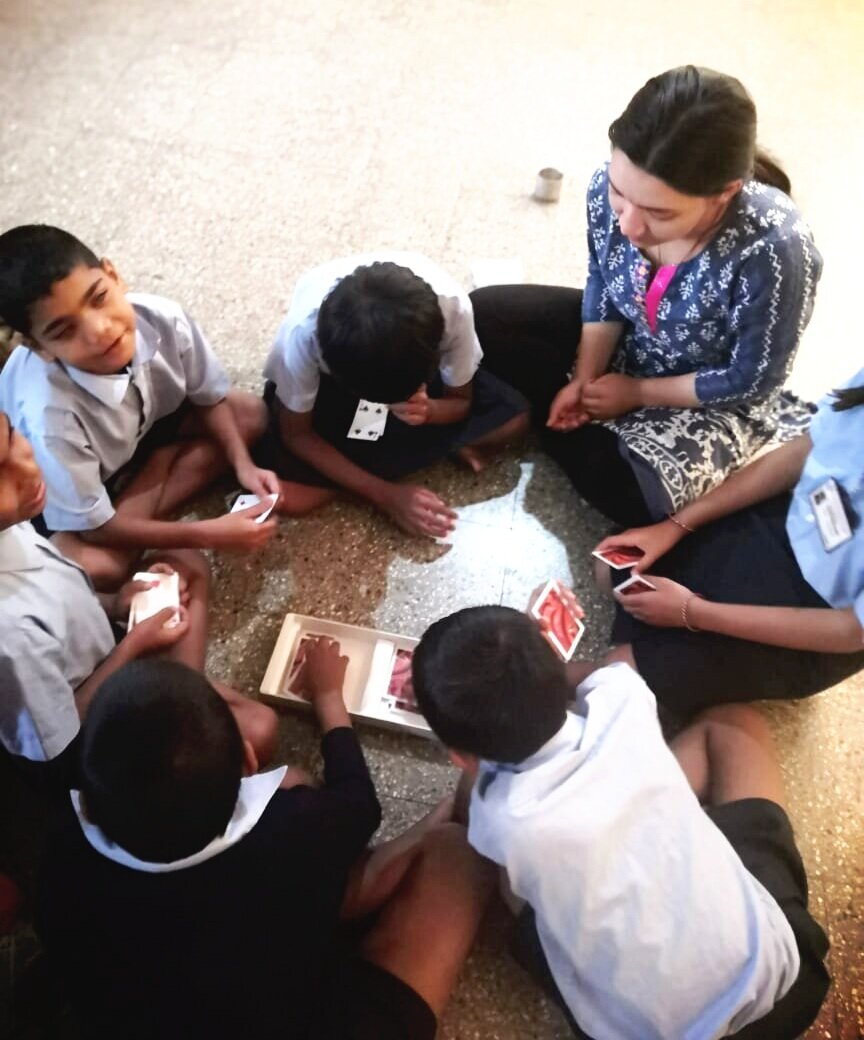Accessible Playing Cards for Learning Numeracy
Numeracy is an essential skill that we use in our everyday lives, which determines our interactions with the world around us. There are several educational initiatives that introduce numeracy to young school children. However, these are either inaccessible to visually impaired students without modification, or use high-end, expensive technology, that are not easily found in schools for students who are visually impaired.
We aim to address this problem through a play based participatory approach (Ludic Design for accessibility) where we try to level the playing field for blind children by making play cards that are accessible, affordable, and make the learning process enjoyable at the same time. The learning in the Preparatory Class will primarily include play-based learning aimed to develop cognitive, affective, psychomotor abilities, early literacy and numeracy.
Junior Braille Playing Cards is a design intervention by Vision Empower Trust and Microsoft Research team with the help of schools for the blind. Our study with visually impaired children underscores the need to have different levels of playing cards for them to use. The off-the-shelf braille playing cards are designed with 2 characters in braille on the upper right corner: the first is the number and the second is an alphabet indicating the suit. Since many alphabets and numbers share the same character in braille, the cards might be confusing for young children to read without the number sign and capital letter sign. Moreover, children need to know braille to read them.
Therefore, a new set of cards was deemed necessary for beginners—the Junior Braille Playing Cards! Apart from the standard printed side, these cards have four tactile
elements—a number sign followed by number on the top left corner, the capital sign followed by first letter of the suit in the top right corner, a redesigned representation of the suit, and dotted representation of the number that children can count even if they cannot read braille. These cards are all inclusive and can be used by those with vision and without, whether they can read braille or not.
Unlike standard playing cards, Junior Braille Playing Cards do not have the picture cards of King, Queen and Jack. This is done to further simplify the gameplay. However, we have retained the Joker to keep things interesting. The deck has 42 cards in total.
Along with the playing cards come two game boards—a 4 player board and the Swoop game board. These boards are designed with slots to distribute the cards in for each player sitting around it, and central slots to place and collect the cards.
The games will be focused on visually impaired children, but will be useful to all children as another perspective on the concepts being addressed. The lesson plans for the games are focused on numeracy concepts like recognizing numbers, counting, recognizing patterns, and numerical problem solving.
Thus we have set the stage for a play-centered approach in learning numeracy for children with vision impairments. Junior Braille Playing Cards focuses on engaging and empowering visually impaired children through affordable and accessible gameplay.

